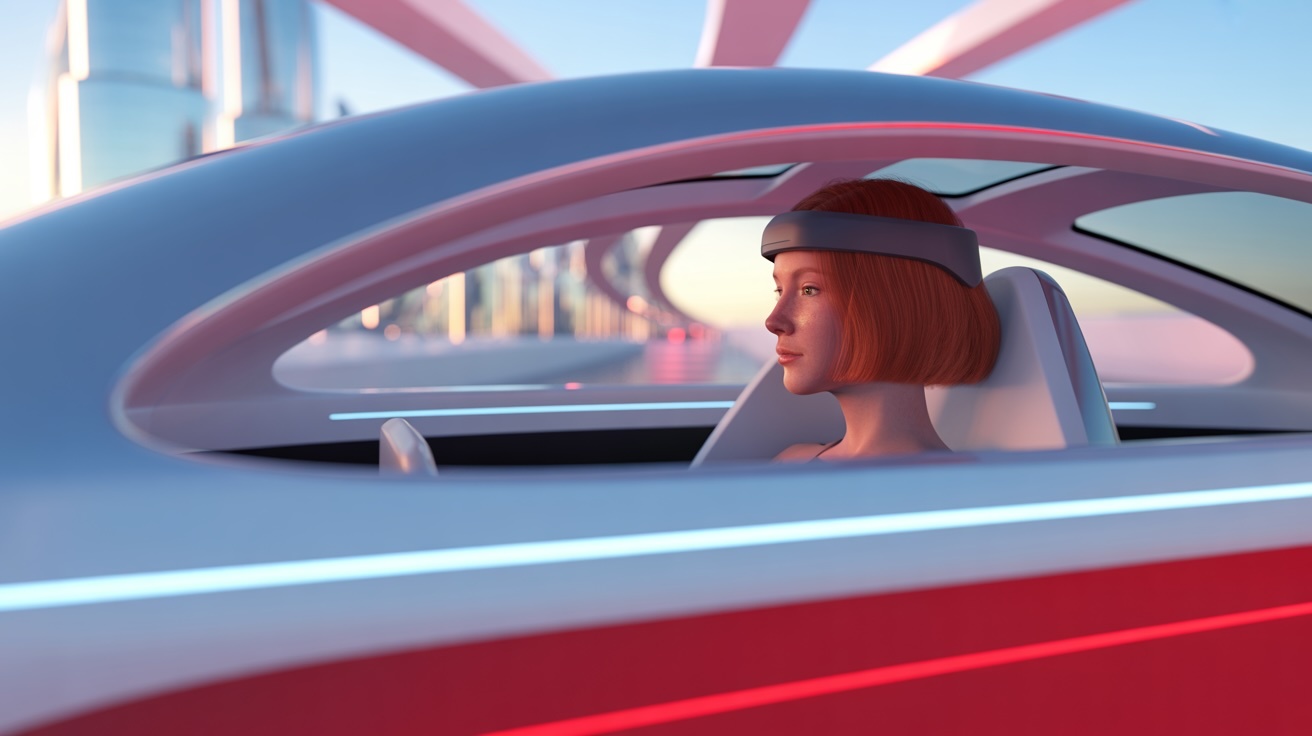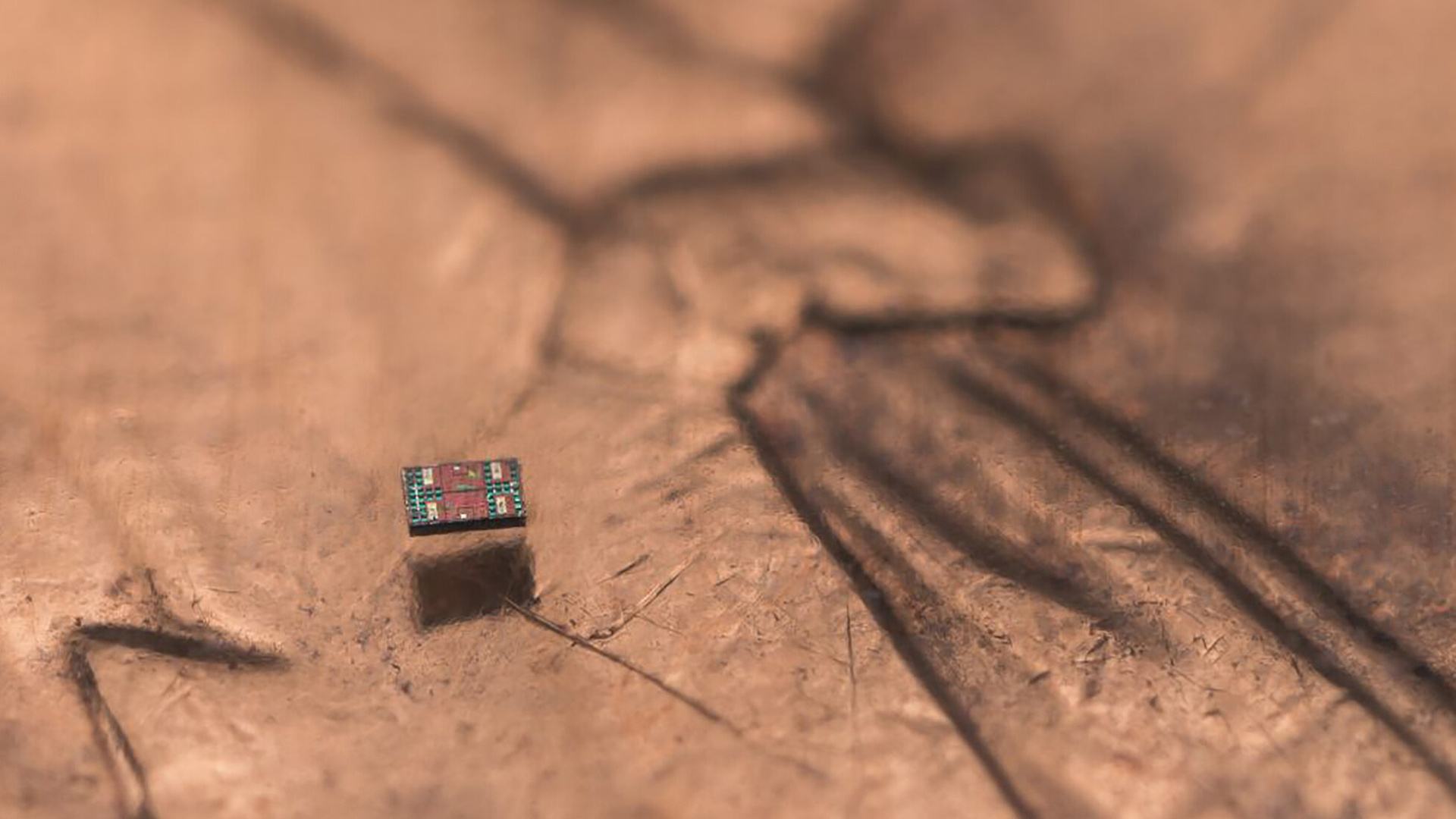Universal robot brain gets $105M boost
PLUS: Patients control AI and robotics with thought
Read Online | Sign Up | Advertise
Good morning, robotics enthusiasts. Genesis AI just emerged from stealth with $105M and a moonshot plan: build one brain to power almost any type of robot.
Instead of training bots for one job at a time, Genesis is using massive simulated worlds to teach them how to learn, adapt, and act across tasks. The goal? Break the mold of brittle, single-purpose machines to create robots that can handle the real world.
In today’s robotics rundown:
Genesis nabs $105M for universal robot brain
AI-powered robot tattooist debuts in NYC
Low-energy robot eyes ‘see’ like humans
MIT’s AI robot boosts semiconductor testing
Quick hits on other robotics news
LATEST DEVELOPMENTS
GENESIS AI
🧠 Genesis nabs $105M for universal robot brain

Image source: Genesis AI
The Rundown: Vancouver-based robotics startup Genesis AI has burst out of stealth mode with $105M in fresh funding and a mission to build what it calls a “universal robotics foundation model,” all while backed by a who’s who of tech billionaires.
The details:
The startup’s funding comes with backing from Khosla Ventures, Eclipse, former Google CEO Eric Schmidt, HSG, and French billionaire Xavier Niel.
Genesis was founded last December by Zhou Xian, a robotics PhD, and Théophile Gervet, who worked on the French AI lab Mistral.
The company’s core mission is to develop a large-scale, adaptable AI that can power a wide range of robots across different industries and use cases.
Genesis says its synthetic data engine allows it to develop models faster, marking an advantage over competitors that rely on Nvidia’s software.
Why it matters: Genesis AI is tackling robotics’ core problem: fragmentation. Unlike rivals like Skild and Physical Intelligence, which lean on real-world data, Genesis is taking a simulation-first approach to build a single intelligence layer designed to work across robot types and break down the industry's task-specific silos.
BLACKDOT
🔥 AI-powered robot tattooist debuts in NYC

Image source: Blackdot
The Rundown: A high-end NYC tattoo studio is now booking sessions with an AI-fueled robotic tattooist, developed by Austin-based startup Blackdot. In the works since 2019, this cutting-edge ink machine has just received a $7M funding boost.
The details:
The arm features computer vision, a laser to measure skin thickness, and a microscope to inspect the reference dots the device sets at different depths.
The system also aims to make the tattooing experience less painful for clients by optimizing needle movement and reducing the need to wipe irritated skin.
Sophisticated algorithms guide the device as it adapts in real time to the unique topography of each client’s body for high-precision tattoos.
The latest $7M in funding comes from a blend of strategic and angel investors, crowdfunding, and venture capital.
Why it matters: Blackdot says its tattoo robot has capacities beyond the human hand, with a wide grayscale range and dots the diameter of a human hair for incredible detail and precision. Plus, it says the tech allows human artists to license their artwork for use on human skin, meaning the future is all about scale.
QUEENSLAND UNIVERSITY
👀 Low-energy robot eyes ‘see’ like humans

Image source: Queensland University of Technology
The Rundown: Scientists in Australia have created an ultra-efficient robotic vision system dubbed LENS that uses less memory than a single smartphone photo and just a tenth of the energy of standard systems — and it could work on almost any robot.
The details:
LENS features a highly compact AI model that enables location learning without relying on bulky neural networks or external processing.
At its core is Speck, a SynSense chip-and-sensor that mimics the human eye by activating solely in response to changes, ignoring static visuals.
This neuromorphic chip processes data in an event-driven, brain-inspired way, optimizing tasks like localization and mapping with minimal energy use.
Potential uses include space and underwater exploration, medical microrobots for tasks like gastrointestinal inspection, and lightweight drones.
Why it matters: This kind of low-power “eye” could be a game-changer for machines operating where every joule counts. The LENS system’s architecture, which combines neural networks, event-based vision, and on-chip learning, also marks a radical departure from the energy-hungry, cloud-dependent AI of today.
MIT
☀️ MIT’s AI robot boosts semiconductor testing

Image source: Ideogram/The Rundown
The Rundown: MIT researchers have developed a fully autonomous robotic system that can rapidly measure key properties of new semiconductor materials, which could potentially streamline the development of more powerful solar panels.
The details:
The system uses a robotic probe, guided by a machine-learning model, to identify the best spots to test a material’s photoconductance.
A specialized planning algorithm determines the most efficient path for the probe, allowing it to move quickly between points.
The system combines machine learning with knowledge from materials scientists, allowing it to make informed decisions about where to probe.
In controlled tests, the robot was able to perform over 125 unique measurements per hour, surpassing manual or previous AI-driven methods.
Why it matters: MIT says this tech enables scientists to gather data much faster and more accurately than manual methods, potentially accelerating advances in solar cells and electronics. While specialized for solar cells, the method could be adapted for other types of materials testing, expanding its impact on research and tech innovation.
QUICK HITS
📰 Everything else in robotics today
Figure CEO Brett Adcock predicts that humanoids taking over and excelling at most human jobs could fuel anxiety regarding human purpose.
K-Scale just launched their U.S.-made open-source humanoid, starting at $9K for the first 100 units, with the highest trim priced at $16K.
China’s robotics companies are reportedly now cutting out U.S. chips and producing up to 90% of the components required for humanoids domestically.
A Unitree Robotic’s G1 humanoid dubbed ‘Jake the Rizzbot’ has been roaming around the streets of Austin in a cowboy hat, giving compliments to passersby.
Yamaha Robotics has unified its subsidiaries into a single robotics-focused company to accelerate innovation and global growth in semiconductor back-end automation.
The University of East Anglia, England, just published a study that finds humans perceive robots as more humanlike when they play games together.
China’s Agibot just released new video of its X2-N humanoid switching from wheeled locomotion to bipedal walking and stair climbing.
Chinese company Robotera has introduced Q5, a humanoid with 44 degrees of freedom and capable of responding up to 10 times per second.
Tacta Systems, a California startup, has secured $75M to enhance robots’ spatial awareness with its innovative “smart nervous system.”
Market research firm Persistence reports that the U.S. mining robotics market will hit $2.69B by 2031.
COMMUNITY
🎥 Join our next live workshop
Join our next workshop this Wednesday, July 9th at 3 PM EST with Tomek Sułkowski, Founding Engineer and DevRel Lead at Bolt. By the end of the session, you’ll confidently build and deploy scalable apps using Bolt.
Watch it here. Not a member? Join The Rundown University on a 14-day free trial.
See you soon,
Rowan, Jennifer, and Joey—The Rundown’s editorial team
Stay Ahead on AI.
Join 2,000,000+ readers getting bite-size AI news updates straight to their inbox every morning with The Rundown AI newsletter. It's 100% free.






